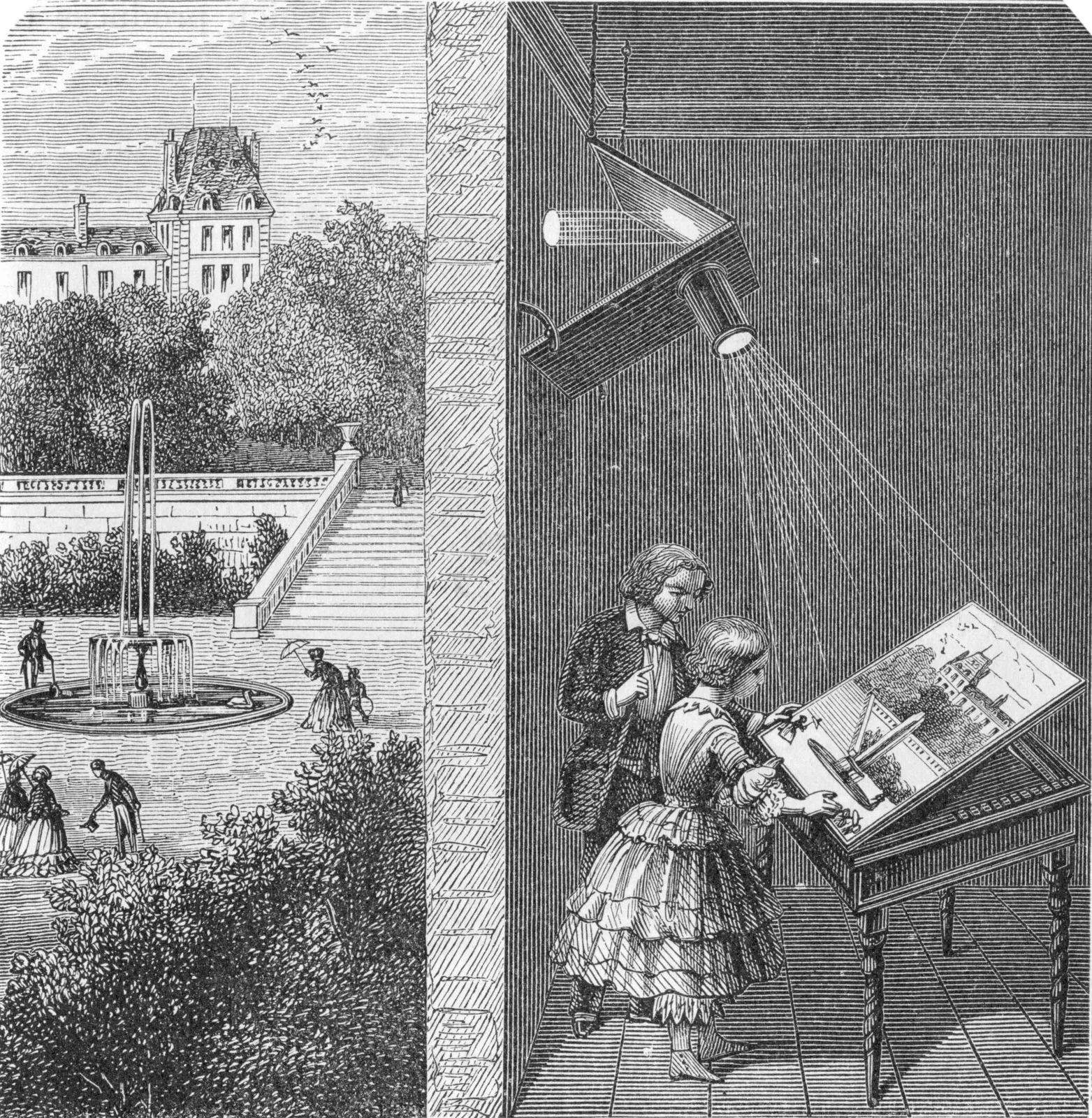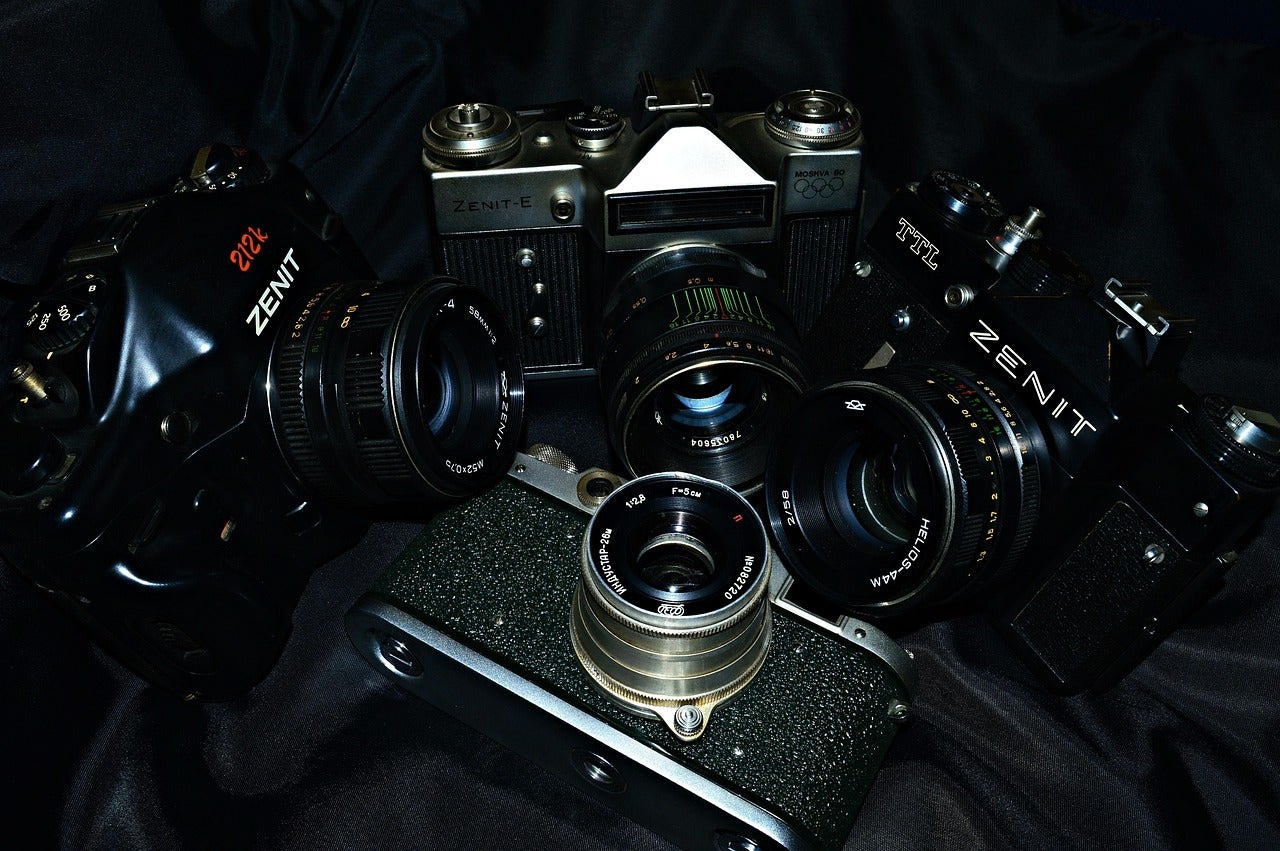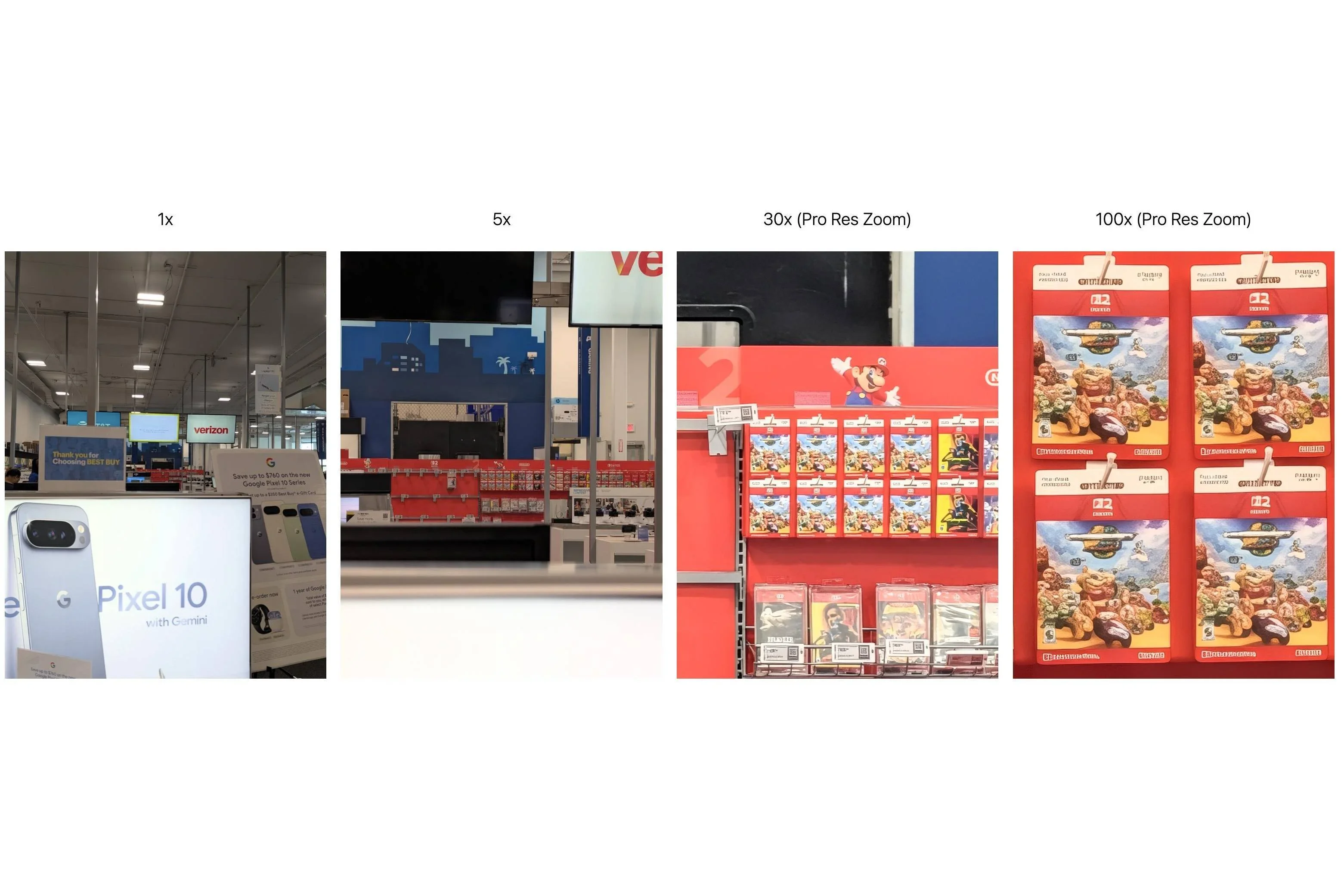To be fair to Google, many other brands employ the help of algorithms when it comes to digital zoom, but the Pixel 10 series is the first to come out and proudly slap the AI label on the feature.
What is a photograph?


Camera Obscura, 1887 | Image by Britannica
The word “photograph” comes from Greek, and it means to draw (graph) with light (photo). Ever since the invention of the camera obscura, people have been trying to record reality as accurately as possible.
For centuries the “best” picture was the one that most closely resembled reality. It was (and still is in some circles) a never-ending quest to get it right. Lenses, film with the best photosensitivity, and color-accurate paper.
But with AI entering the picture (pun intended), things are starting to look blurry, not in the literal sense. Problems have already started to appear.
The camera doesn’t lie


In the past we’ve used cameras to document reality | Image by PixaBay
The origin of this idiom is unclear, but it can be traced back to as early as 1896, when Robert Louis Stevenson referred to it as an “old melodrama principle.”
We’ve used it ever since in so many fields, including journalism, politics, art, and pop culture. I’m sure most of you reading this have already felt the blurring of reality that’s been happening in the past couple of years, tied to generative AI.
We just can’t tell if a photograph is a fair depiction of reality or something AI tinkered with, or even generated from scratch. It can be very confusing.
Ten years ago, you would’ve needed hours and some decent Photoshop skills to produce similar results, but now AI can do it for everybody in seconds. This has already opened a giant can of worms, and the Pixel 10 series kind of normalizes it with features such as the aforementioned Pro Rez Zoom, Best Take, and Add Me.
Pixel 10 Pro Res Zoom: How does it work?


Demo Pro Res Zoom shots have already produced some text gibberish | Image by Dry_Astronomer3210
I’m focusing on Pro Res Zoom here because it crosses the line in a very cunning way. This can lead to serious trouble, and I’m not talking about your neighbor’s dog ending up looking funny and wacky.
Pixel 10‘s Pro Res Zoom (available on the Pro models) goes beyond traditional image enhancement. At 100x zoom, the phone’s diffusion model takes the limited data from the sensor and “creates” detail. It doesn’t simply sharpen a blurry image or extrapolate colors, it creates new pixels and textures that were never there.
What if you’re too lazy to go and check that parking sign, and using Pro Res Zoom results in your car being towed away due to AI messing up the letters and numbers? These are fringe cases, but I’m using them here to demonstrate that it’s not all fun and games.
All this applies to the Add Me feature as well. Your phone can put you in places where you haven’t actually been in reality, misleading, let’s say, investigators in any kind of legal dispute.
What needs to be done?


Example of C2PA metadata | Image by DALL-E 3
Google said that all photos that use AI somewhere in the process will be marked accordingly. Here’s the official statement from the company:
Pixel 10’s Camera app is the first with C2PA Content Credentials built in. The full process takes place on-device on Tensor G5 and the Titan M2 security chip, where we create secure metadata within the image that documents its full journey. It achieved the highest security rating currently defined by C2PA.
This might help with the issues I’ve described earlier, but the philosophical question remains. When is a photo not a photo anymore? And should we start calling it something different? I’m sure normal people won’t check the content credentials in the metadata on every picture they see, so maybe we need a different kind of label or name altogether.
#Pixel #Pro #Res #zoom #photo #photo #anymore